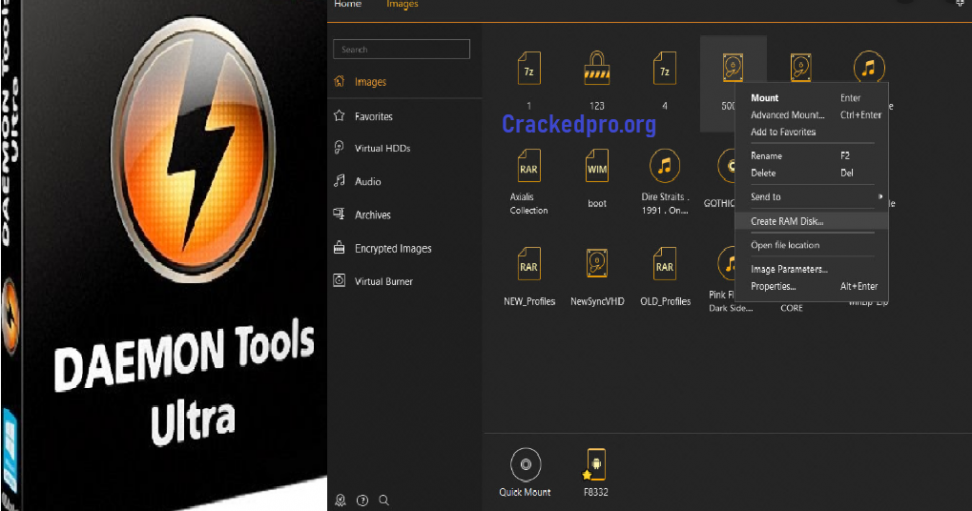
NET framework 4 and my environment supports windows server version 1709. So if my application is a web application which needs. NET framework 4 although 3.5 is still supported. Microsoft/dotnet-framework – for windows services. NET applicationsĪssuming that Windowsservercore is going to be used, it also has a number of derived images, one of which will be the base image for your legacy app’s container. More suitable for non Microsoft applications. There are two types of base images to choose from: So bear this in mind when deciding what your container base image will be. For example the server can’t be on the “2016 Long Term Service Channel - 14393” and the container on the “Semi-Annual Service Channel - 16299”. Once containerised a windows server will host the container and that server will need to be at the same build or later version as the container. Mainstream support for 2012 has already ended so hopefully you won’t have this problem. If it isn’t server 2016 or later, then the OS is not supported by containerisation and you will need to investigate if it will work ‘as is’ on a later OS or will require modification. You can find out using powershell command: What version of the windows operation system can be used ?įirstly, determine the version of Windows server your test / production environments use, so you know what the app currently works under. What version of the windows operation system can be used ?.Some of the things to understand are as follows: You can compare containerising an application to installing via powershell on a freshly installed server. “Docker on Windows: From 101 to production with Docker on Windows” is a book by Elton Stoneman which I recommend. Some of the information in this post may go out of date pretty quickly, but it should point you in the right direction.

I have documented the process as it might be useful to others and for me when I forget. I’ve converted about 30 web applications and windows services into Docker container images.


 0 kommentar(er)
0 kommentar(er)
